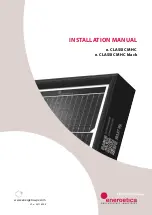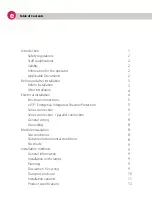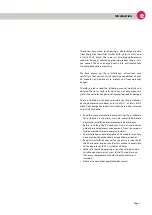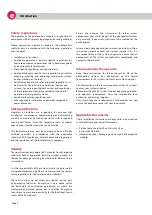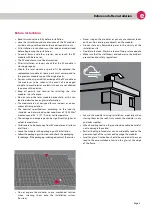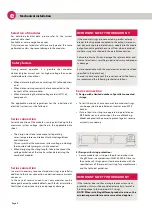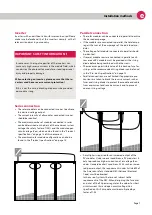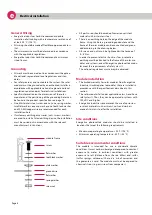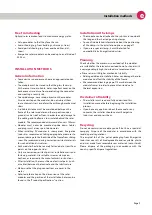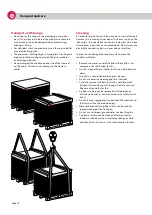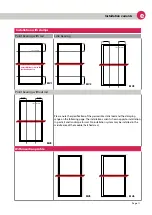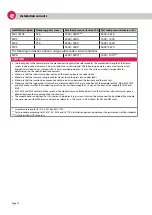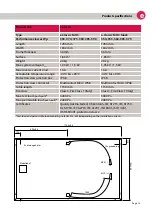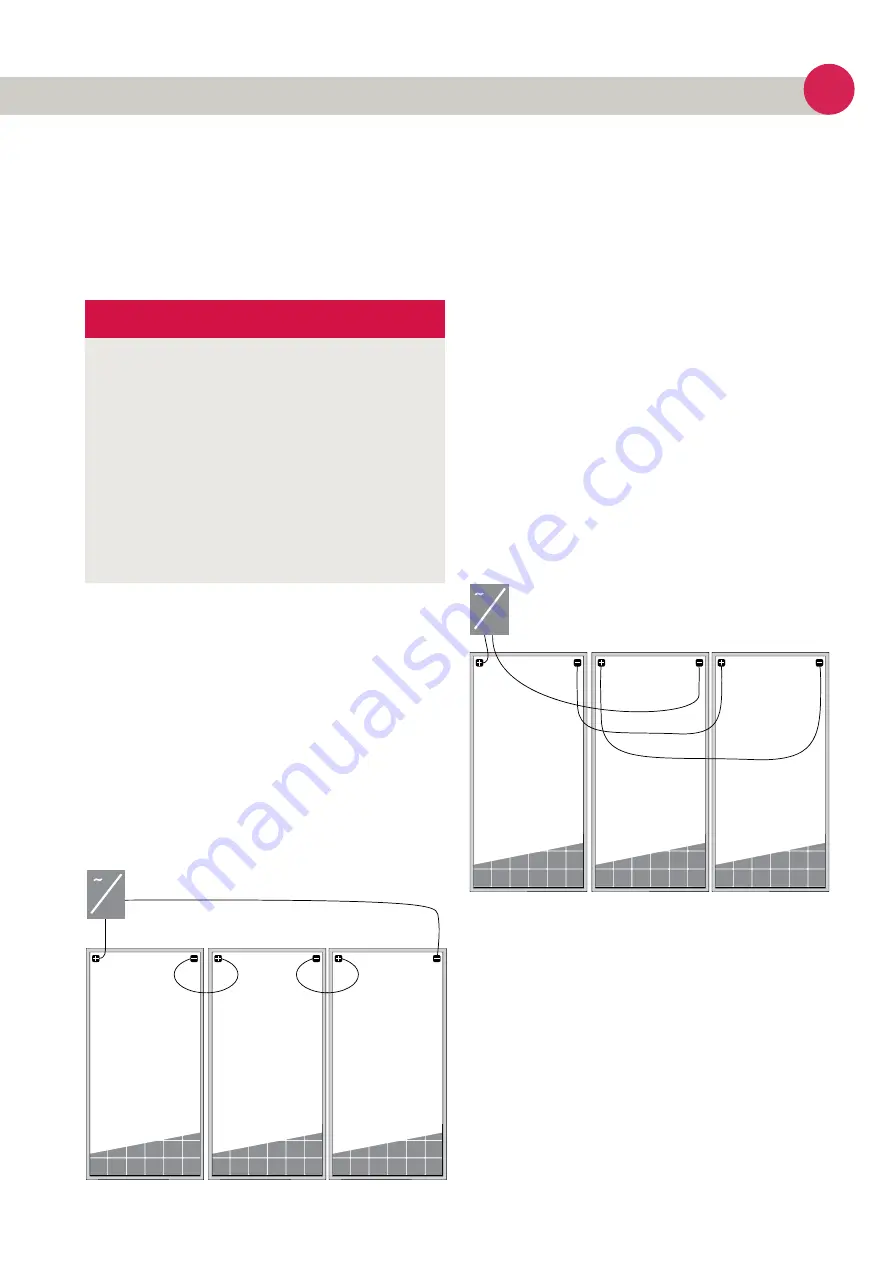
Installation methods
Inverter
Inverters with and without a transformer can be used. Please
make sure beforehand that the inverters comply with all
relevant standards in your country.
IMPORTANT SAFETY INFORMATION !!
In some cases, the input capacities of the inverters can
cause very high reverse currents in the module field, which
can destroy the photovoltaic modules or lead to personal
injury and property damage.
When selecting an inverter, please ensure that the in-
verters used have reverse current protection!
If this is not the case, a blocking diode must be provided
per module string.
Series connection
»
The solar modules can be connected in series to achieve
the desired voltage output.
»
The current intensity of all modules connected in series
should be identical.
»
The maximum number of modules connected in series
can be determined on the basis of the maximum system
voltage, the safety factor of 125% and the module open
circuit voltage (Voc), which can be found in the “Product
specifications” on page 13 of this document.
»
The maximum solar module configuration can also be
found in the "Product specifications" on page 13.
Parallel connection
»
The solar modules can be connected in parallel to achive
the desired amperage.
»
If the modules are connected in parallel, the total ampe-
rage is the sum of the amperages of the individual mo-
dules.
»
The voltage of all modules connected in parallel should
be identical.
»
If several module rows are connected in parallel, each
row or each PV module must be provided with a string
diode before being combined with other rows.
»
The maximum permissible value of the back-up fuse for
strings or the recommended string diodes can be found
in the "Pro- duct specifications" on page 13.
»
Parallel connections are not limited if appropriate pre-
cautions are taken to block the reverse current, such as
fuses and string diodes to protect the module and cable
from overcurrent and reverse currents and to prevent
uneven string voltage.
»
A multiplier is required for an increased output of the
PV modules. Under normal conditions, a PV module is li-
kely to produce a higher current and / or voltage than
under standardized test conditions. With such an increa-
sed power output, the requirements under Article 690 of
the American safety standard NEC (National Electrical
Code) must be observed.
In the case of systems that are not subject to the
requirements of the NEC: When designing the fuse sizes
and sizes of the PV power regulator, the values for short
circuit current (Isc) and open circuit voltage (Voc
specified on this PV module must be multiplied by a
factor of 1.25.
=
=
Page 7
e

